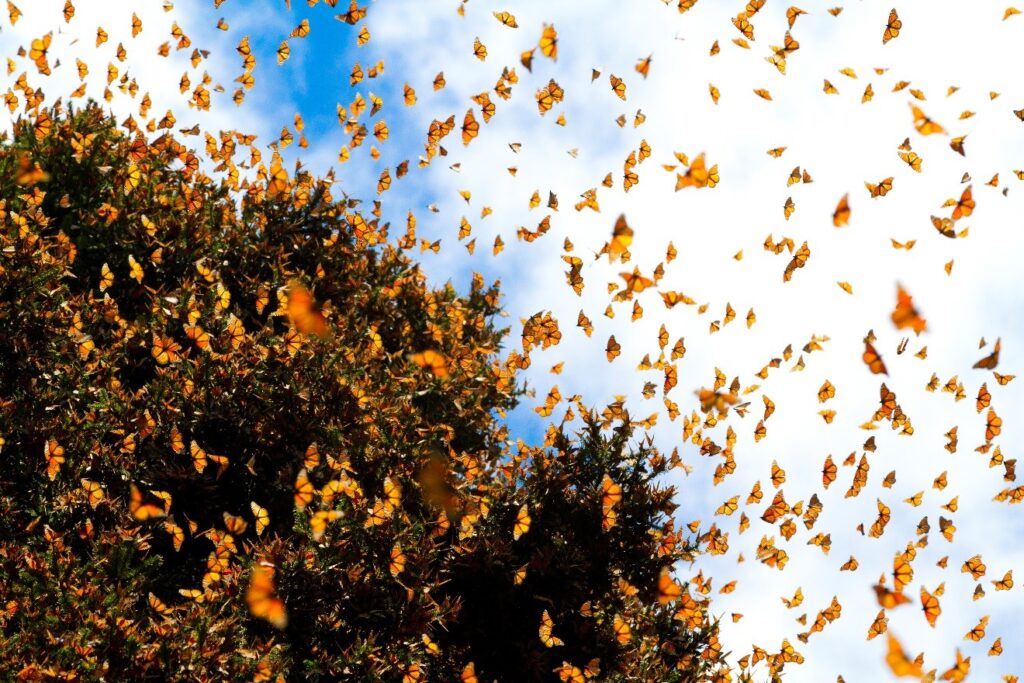As Autumn draws closer, the presence of monarch butterflies in Upstate New York is coming to an end. These creatures have been commonly found on The Uplands property in their various forms since May, but in recent weeks they have steadily disappeared. Their journey south has begun, but their lessons remain.
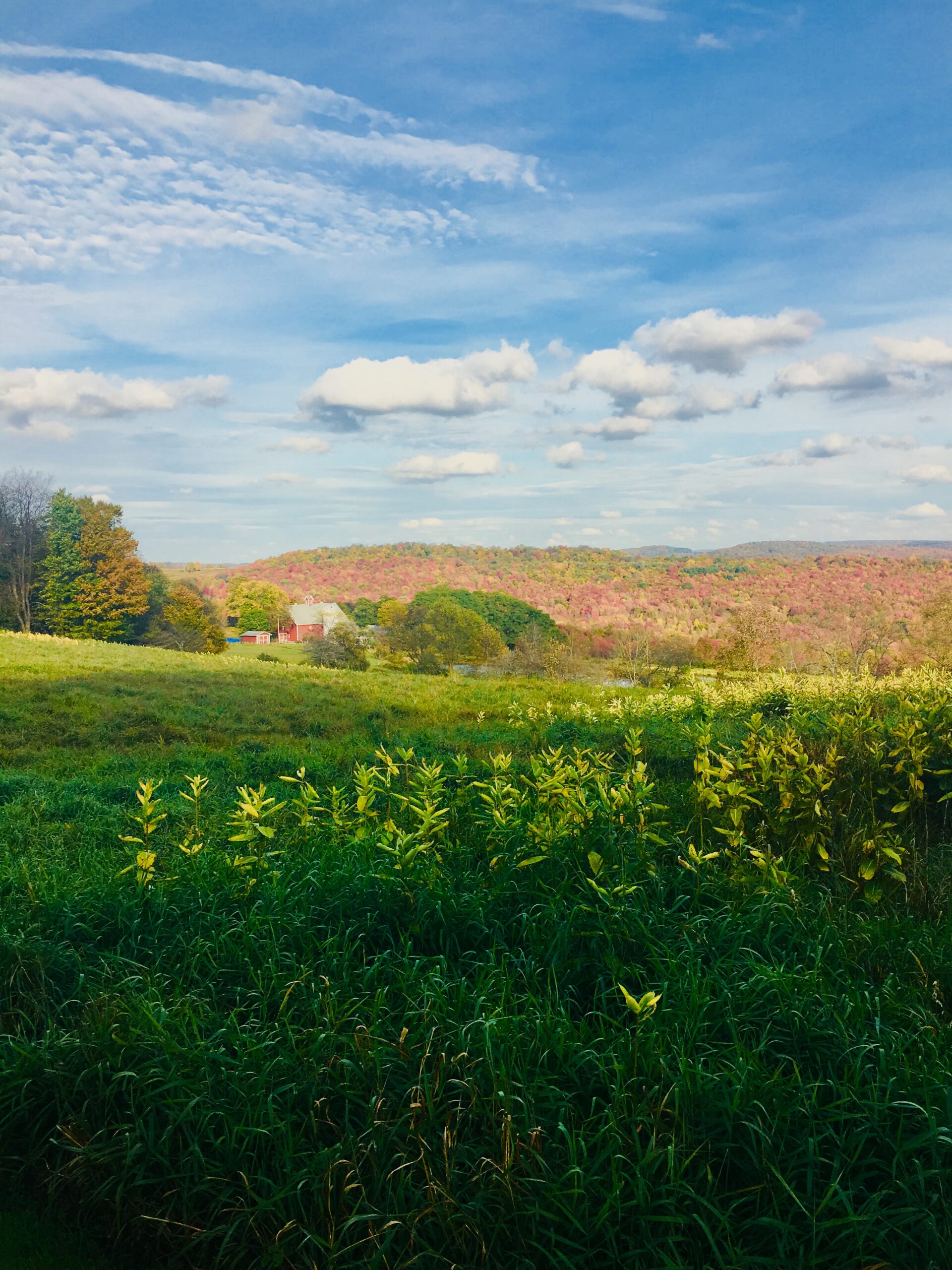
Adult monarchs in Mexico begin traveling north in March, laying eggs along the way. Their lives only last about 6-8 weeks, but their legacy is carried on quickly once their eggs hatch and mature. These new adults continue their parents’ migration north, breeding as they travel. The pattern persists, with up to 4 generations completed by the time monarchs arrive in New York State by late May. The monarchs born last in the year live the longest. They travel all the way back to Mexico in the fall, where their great-great grandparents originated earlier that year. Here they stay over the winter. These individuals start the cycle again in March as they breed and travel north. This multi-generational migration is a fascinating example of cooperation, intuition, and perseverance.
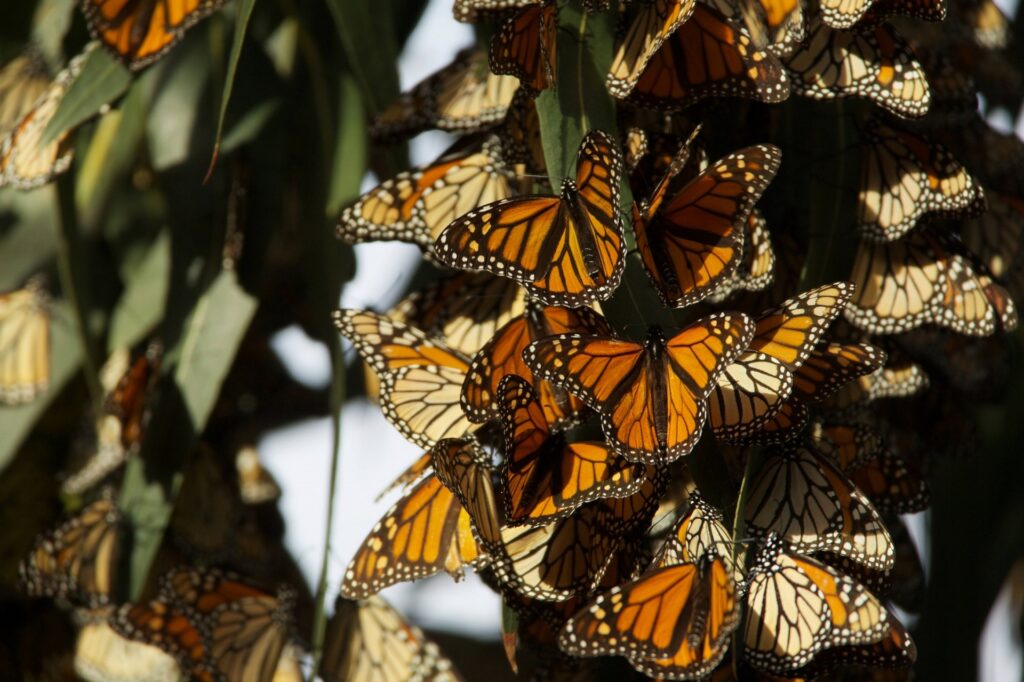
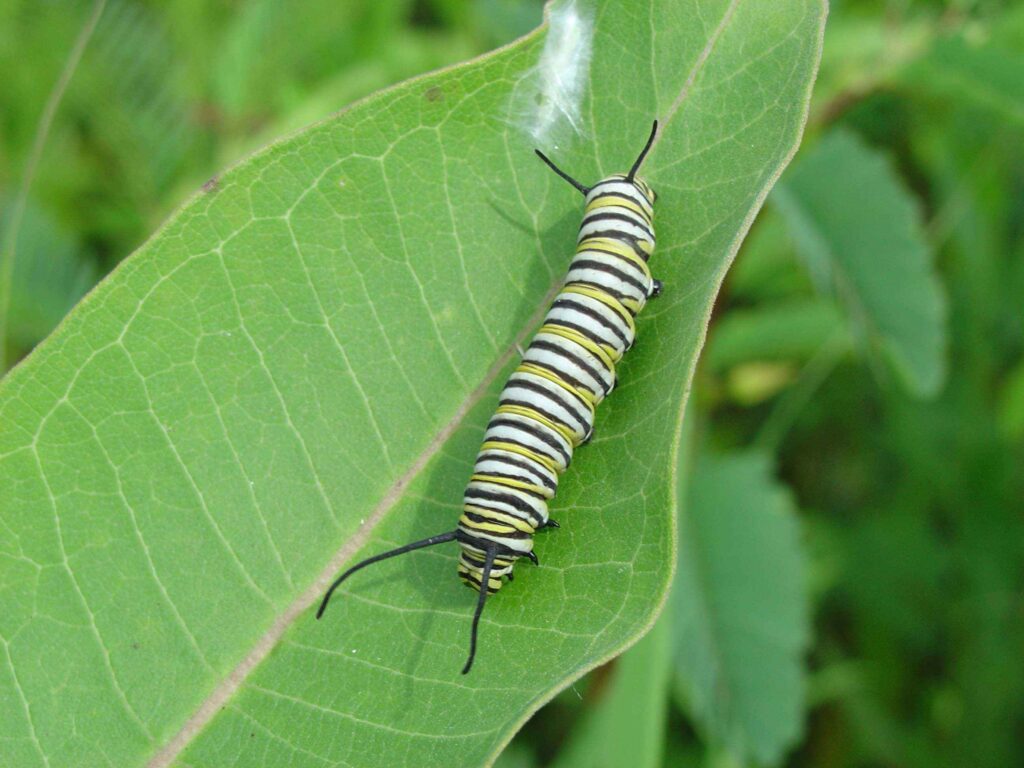
Next, the caterpillar attaches itself to an object (usually a leaf) and hangs upside down. The skin sheds off and underneath a light green exoskeleton is revealed, forming the outside of their chrysalis. Inside this green shell, the caterpillar’s body is dissolved into what some describe as a “molecular soup”.
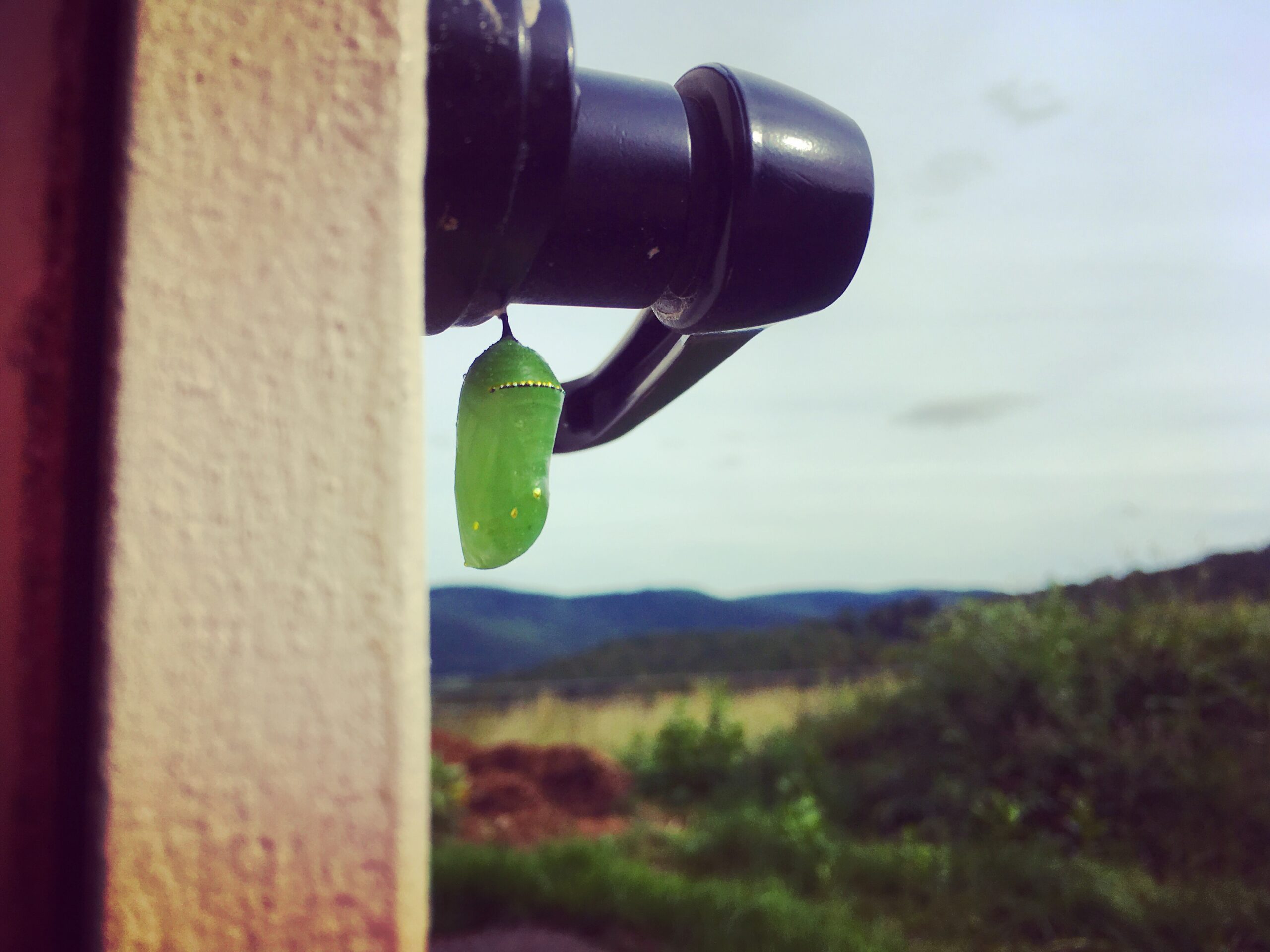
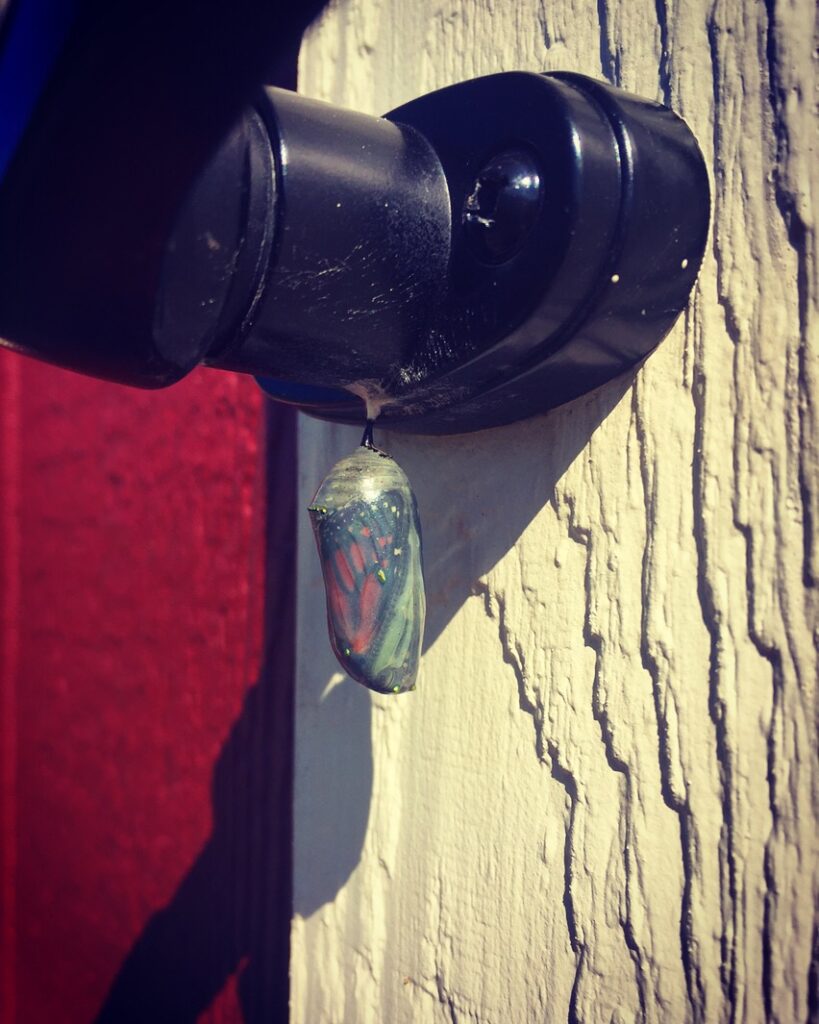
It is only when these creatures are completely broken down to their most basic form that they can transform into fully-developed butterflies. From metamorphosis to migration, the changes that occur in the life of a monarch are extreme and continuous. Rather than resist change, the monarch has thrived in a life cycle that demands constant transition.
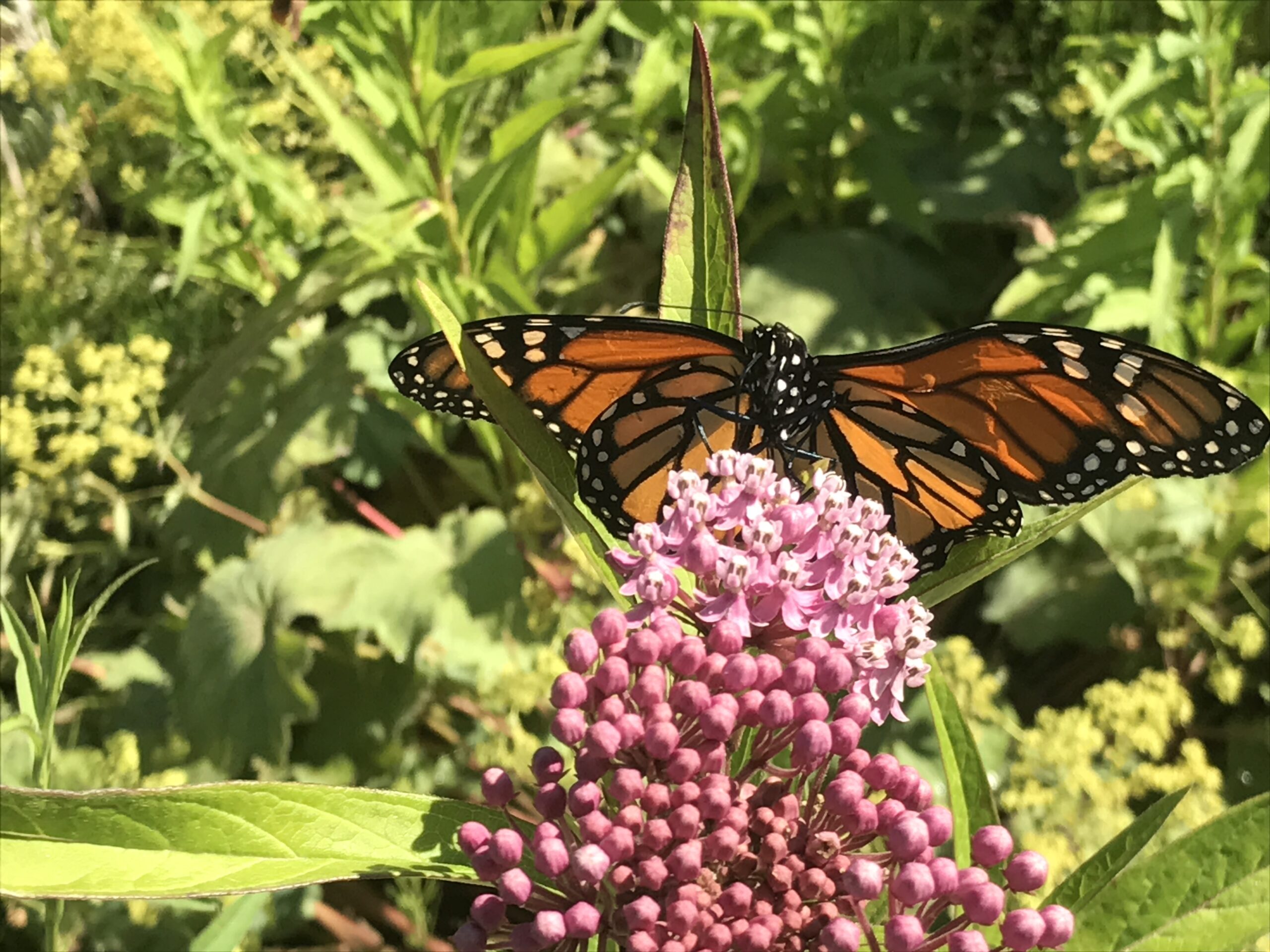
The sudden absence of these inspirational creatures from The Uplands Center has prompted some reflection. The company of Monarchs has offered gentle reminders throughout these past months, and we will carry these lessons with us until we can greet them once more…
Great feats can be achieved when we work incrementally and collectively.
Our individual actions have effects that go far beyond our singular life.
Sometimes we must be break down completely before transformation occurs.
